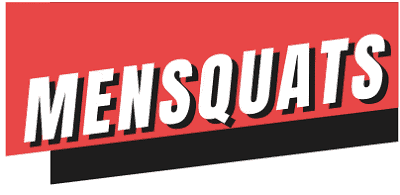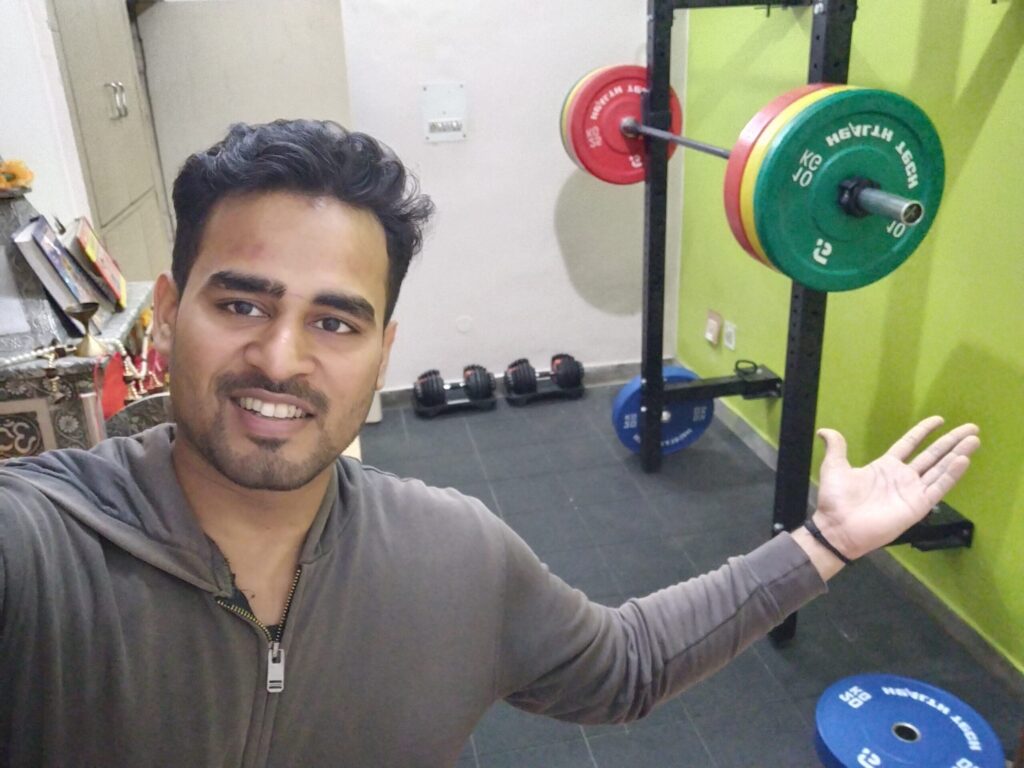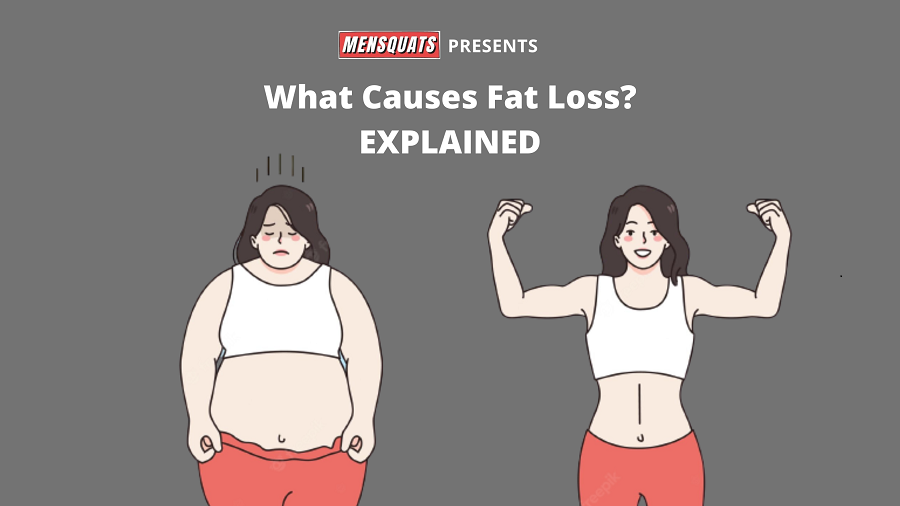9 Actionable Tips On How To Improve Squat Form & Perfect Your Technique.
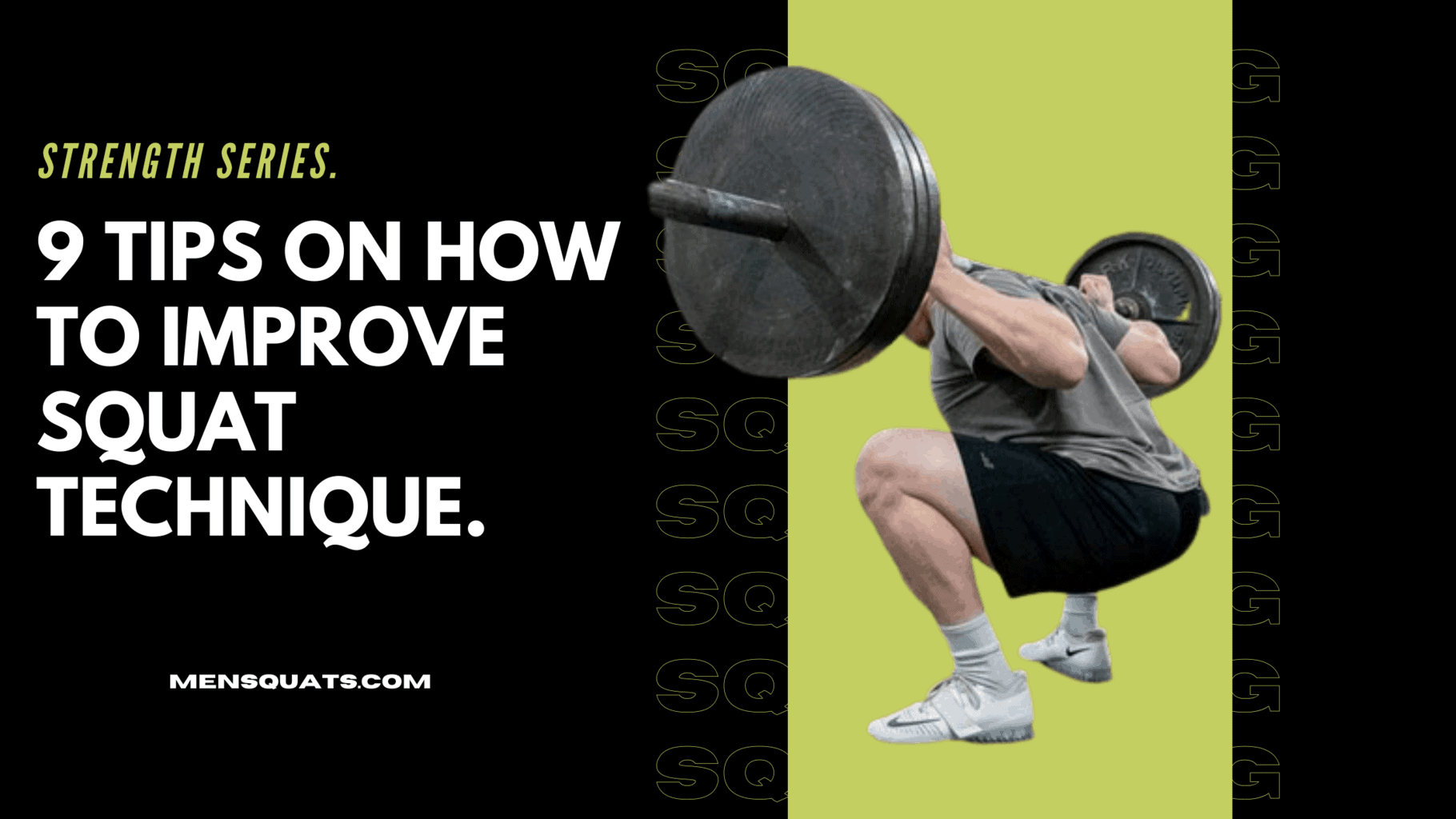
- How to improve squat form?
- 1. Adjust correctly under the weight:
- 2. Get comfortable knee position:
- 3. Descend confidently.
- 4. Feel the load evenly over the entire foot.
- 5. Elbows fixed and aligned towards the hips.
- 6. Squat with a natural physiological lean angle.
- 7. Feel the quads.
- 8. Correct core bracing:
- 9. Find our own form.
😫 Not getting the same feeling from your squat sessions? Do half-reps, inefficient pushes make you feel not confident and at-risk? Here are some easy-to-implement action tips on how to improve squat form for getting better-enhanced gains. 🤩
🧐Why squat? The squat is arguably one of the best exercise, this compound move attacks all the lower body muscles at once and develops everything from stability, flexibility to overall body strength.
But first up: Before jumping on the list of tips, let’s recognize how squatting drives your every day-to-day task in life. “If you have gone bathroom today (which you usually go), you did squat. If you ever picked something off the floor, you did squat”.
Let me ask you: Do you actually wondered how to squat with good form? Eh! Yes and No. How could I learn it? (You can read the classic NerdFitness blog on how to squat properly here)
Here we only provide you cues to how to improve squat technique so you lift more effectively. And even if you don’t plan to add 10s of plates on your barbell sleeves – or you don’t do weighted squat at all, then also squatting correctly & safely has its importance in life. (and if you are here, you might want to load up the bar)
Then, above all, you need to dial in your squat form. If your technique/ form is wrong, it makes no sense if you keep on adding weight and don’t able to create the desired output of that effort in form either muscles or hypertrophy, and would injure yourself in a way you never meant to be.
Disclaimer: These tips have not to do anything with the psychologist or psychiatrist’s office.👨⚕️
How to improve squat form?
Here are simple 9 tips or cues you need to think of every time you approach the squat rack for moving some heavyweights, which are:
1. Adjust correctly under the weight:
The set-up and un-racking are two potent tools. Use the set-up time to find the correct upper back rack position and feel the bracing of the core while doing this. Don’t adjust both after unracking. 🏋️
For unracking, keep feet exactly below the bar and strongly press the bar up from the stand using the entire body and legs.
2. Get comfortable knee position:
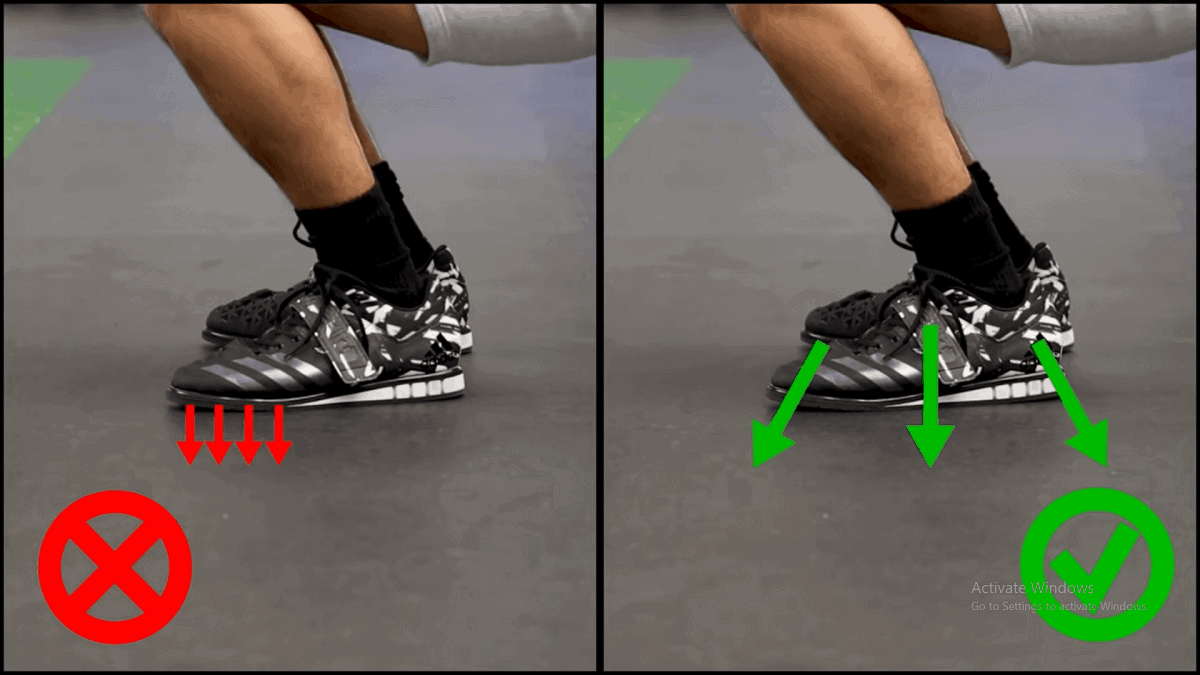
Let the knees track forward along the feet in order to be comfortable with depth. Don’t exaggerate the pushing out of knees or sitting “back on the chair” instead you must sit DOWN.
This will limit the use of quads and make the glute medius and adductors work overtime, creating undue fatigue and instability at the knee joint.
3. Descend confidently.
Keep control but Don’t go down TOO slow. Drastically slowing down on heavier sets will create more mental anxiety and physical fatigue. Making the lift far more difficult. If you have practiced enough, trust your legs and be confident.
Descend, relax for a split second at the change of direction (your “buried” bottom position or “bounce”) to then re-fire and stand the load.
4. Feel the load evenly over the entire foot.
Be cognizant of the big toe. 🦶 Both these will allow for a neutral and stable foot arch, without worrying about pronation and supination. This will also make life at the bottom of the squat much simpler. 👟 Wear a good weightlifting shoes for firmer foot placement on the floor.
5. Elbows fixed and aligned towards the hips.
This will look different for everyone depending on mobility and limb length. The idea is to reduce elbow movement as the rep progresses.
Too much movement will create compensation in the torso, killing stiffness and tightness in the Upper/middle back. Drawing the elbows towards the hip will fortify shelf integrity.
6. Squat with a natural physiological lean angle.
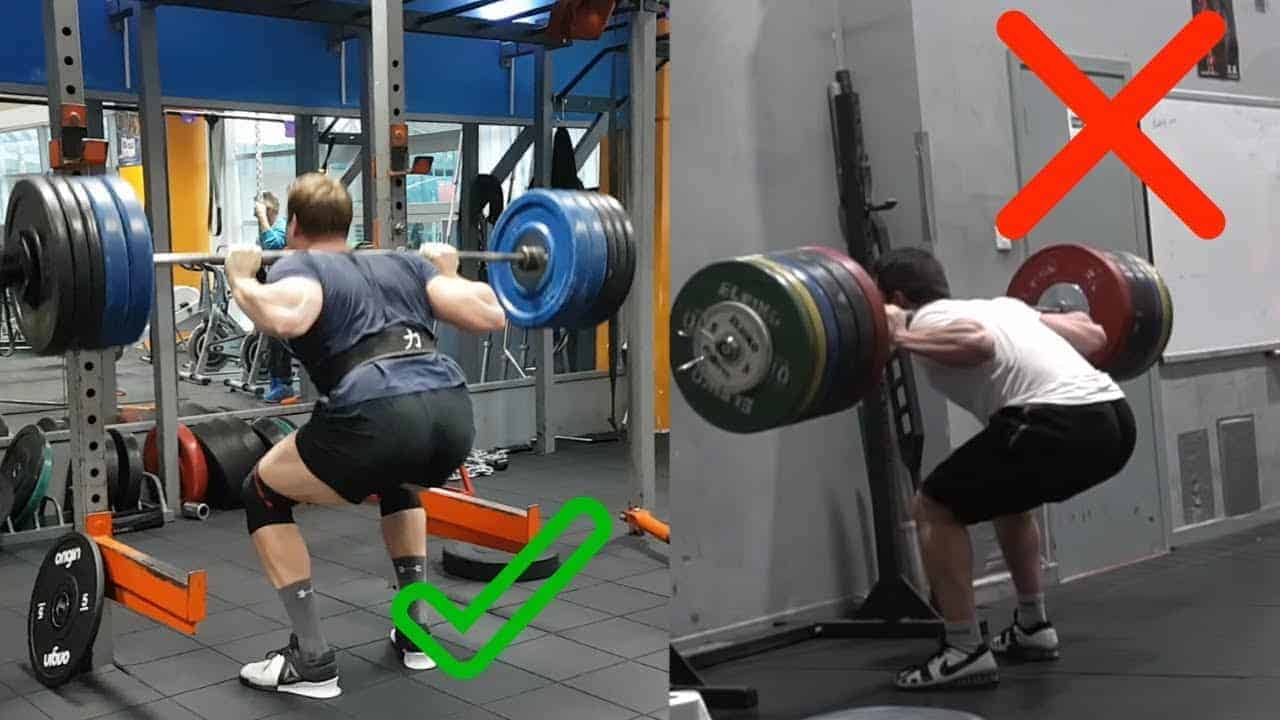
Torso angle at the bottom of the squat is dictated by anatomical limb ratios. Don’t fear the lean. If bracing, mid-foot balance and knee tracking is good, then the lean will not create any excessive bending moment on the spine.
Trying too hard to stay upright, can make the descent much harder and lead to loss of balance at the bottom.
7. Feel the quads.
One of the biggest reasons for an early hip rise while ascending from the bottom is the inability to use the quads. Pressing out of the whole with the quads will minimize the ‘good morning’ pattern drastically. Especially for people with longer femurs and deep hip sockets.
Quads are a major prime mover for the squat pattern and feeling them during the descent will allow you to push through them while coming up.
8. Correct core bracing:
Create the neutral position of the core by using a ‘ribs down’ action, then brace powerfully. This will increase the contractile force through the abs and obliques. Stand slightly straight and maintain parallel line b/w ribs and core while doing back barbell squats.
Don’t lose this position by excessively blowing out into the weightlifting belt. “You want a solid tree trunk with stiff internal structures and air. Not just an air-filled balloon.”
9. Find our own form.
Understand that squat technique guidelines will remain the same for all of us. But beyond that, small nuances will differ based on the personalization of your anatomy. Due to this, the visual appearance of your form might look way different from someone else.
Despite the difference, both might be good squat forms being done with optimal technique. Don’t compare the visual appearance of your squat with anyone else’s.
❓ The question I left you with. Why not squatting should be an imperial part of your exercise regime?
PS: 😇 Here are some of our FREE articles from our Strength Training series:
- How to Perfect Deadlift Form- 10 Proper Deadlift Form Tips to Obey.
- Warning: You are at injury risk if you use Squat Shoulder Pad.
- It did what? Best Knee Support for gym India
- [Ultimate Guide on] Best time under tension for hypertrophy?
That’s all for this blog. I hope you must have learned something about “How to improve squat form & perfect your technique”, comment below if you have more points for me to add here! Thanks for reading.
Happy Squatting.
Sharing is caring. ❤
